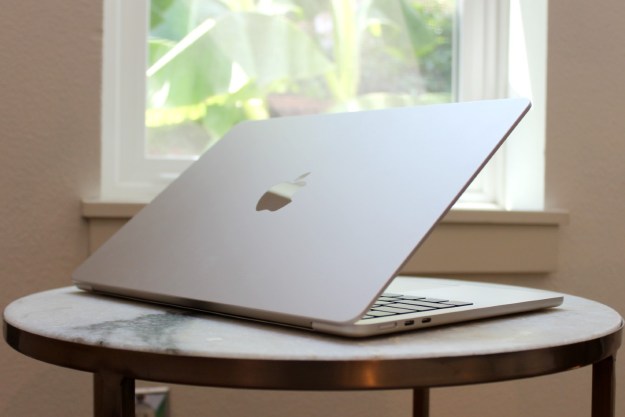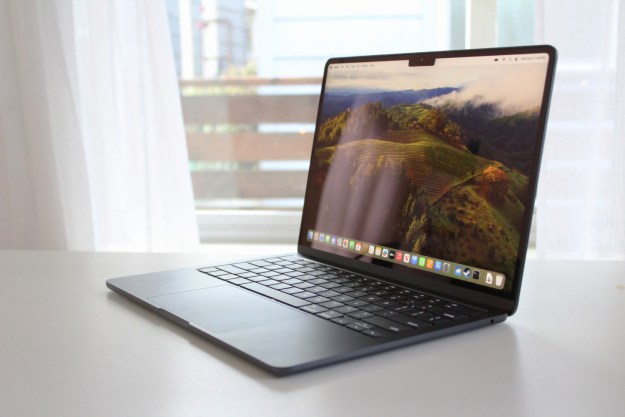
Mac owners who depend on the Mail app to read and manager emails may need to hold off on the macOS Catalina upgrade. Many users are reporting of missing or incomplete messages after the upgrade. Others claim moving emails between mailboxes results in blank messages.
The warning arrives by way of SpamSieve plug-in developer Michael Tsai. His post is based on feedback provided by customers, though the Mail problems aren’t related to his apps.
“Most of the damage has occurred without my Mail plug-in even being installed,” Tsai said. “Nevertheless, people contact me because it’s not unreasonable to wonder if third-party software is to blame, and I also hear from people who want a second opinion because what Apple support told them didn’t make sense.”
According to Tsai, Mac owners appear to see a successful update to the Mail app’s data store when moving from macOS Mojave to Catalina. But when they open the app after the transition, messages appear incomplete or gone altogether.
Another problem stems from moving emails from one mailbox to another. Users report that emails become blank — showing only headers — when using AppleScript or the drag-and-drop method.
Moreover, if they move messages to a server mailbox using one of those methods, all devices accessing that mailbox will see the messages as deleted. Eventually, the Mac will see these messages as deleted too as all devices synchronize with the server mailbox.
Once Mac owners upgrade to Catalina, they may not see anything wrong until they access the affected mailbox or message. Users can’t make a full backup prior to the upgrade given Mail doesn’t automatically download all messages in their entirety. Mail data constantly changes too, Tsai points out, thus restoring from a backup is difficult.
POP accounts aren’t immune from Catalina’s email deletion issue either.
“I lost a lot of email messages when upgrading to Catalina,” reports one commenter. “I would not have noticed except that some of my email accounts — which, apart from my Apple ID accounts are all POP accounts so are not on any remote servers — seemed to have a surprisingly small number of messages after upgrading.”
Customers flocking to Apple Support reportedly receive bad information. Agents state that Mail data cannot be recovered using Time Machine if customers previously created a backup on macOS Mojave. Tsai says that’s incorrect, as Mac owners can retrieve previous versions of folders packed into a Mojave-based backup of Mail’s data store. After that, use File > Import Mailboxes to import specific folders into the Mail app running on Catalina.
The problem may not be locked to macOS Catalina, however. Commenters on Tsai’s blog suggest similar problems appeared after upgrading to iOS 13. Apple’s Mail apps for both platforms share similar code.
Editors' Recommendations
- Does your Mac need antivirus software in 2024? We asked the experts
- Don’t download the latest macOS Ventura update just yet
- The biggest threat to the MacBook this year might come from Apple itself
- Why you should buy a MacBook Pro instead of a MacBook Air
- Here’s more confirmation that 2024 will be a slow year for Macs


